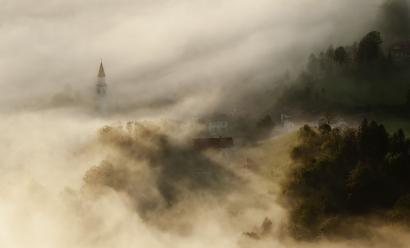21.
Orfeuil, Champagne, France
2021.169.266 →

The thin, chalky soil and rolling open hills of the Champagne region east of Reims provided little cover or concealment for soldiers and tanks as they fought for ground outside of Orfeuil. Exposed to machine gun and artillery fire, infantry and tanks would learn to maneuver together as the war progressed. This lesson has carried forward to today’s modern military concept of combined arms maneuver.
Infantry soldiers and a French-made Renault tank maneuver in support of each other across open ground.
Recorded by the U.S. Army Signal Corps.
22.
Tel Be'er Sheva, Palestine
2021.169.394 →
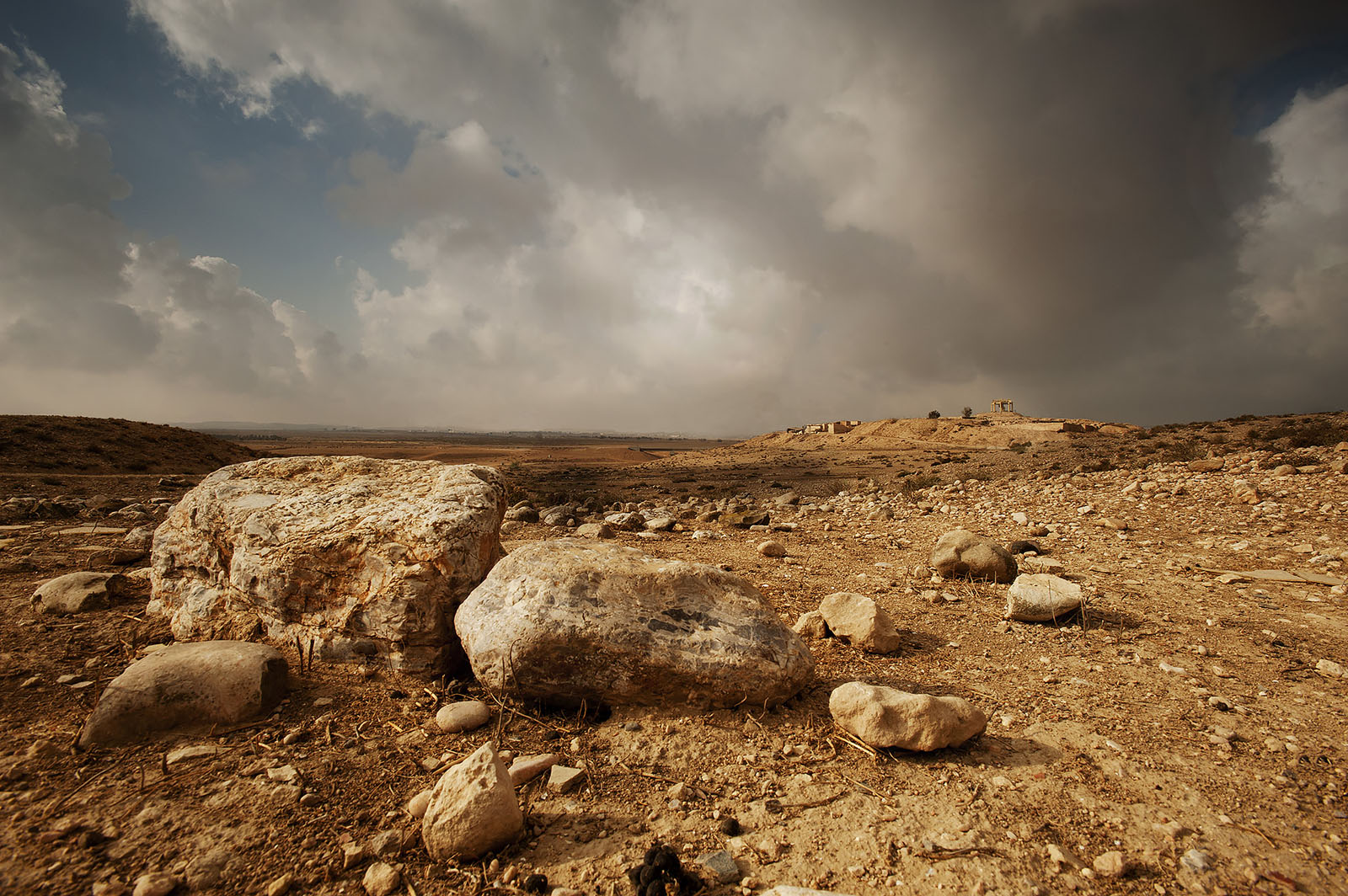
The charge of the 4th ANZAC Light Horse Brigade at Tel Be'er Sheva was part of a larger British offensive on Oct. 31, 1917. Beginning around dusk, the horse-mounted charge broke through Turkish defenses and seized key terrain. The breakthrough and capture of the town allowed Allied forces to advance on Palestine.
23.
Argonne, France
2021.169.36 →

Rusted ammunition remains as a reminder of the U.S. soldiers who died in the Argonne Forest in early Oct. 1918. Often called The Lost Battalion, over 500 soldiers of the 308th Infantry Regiment began their attack on Oct. 3. Only 194 would be rescued five days later.
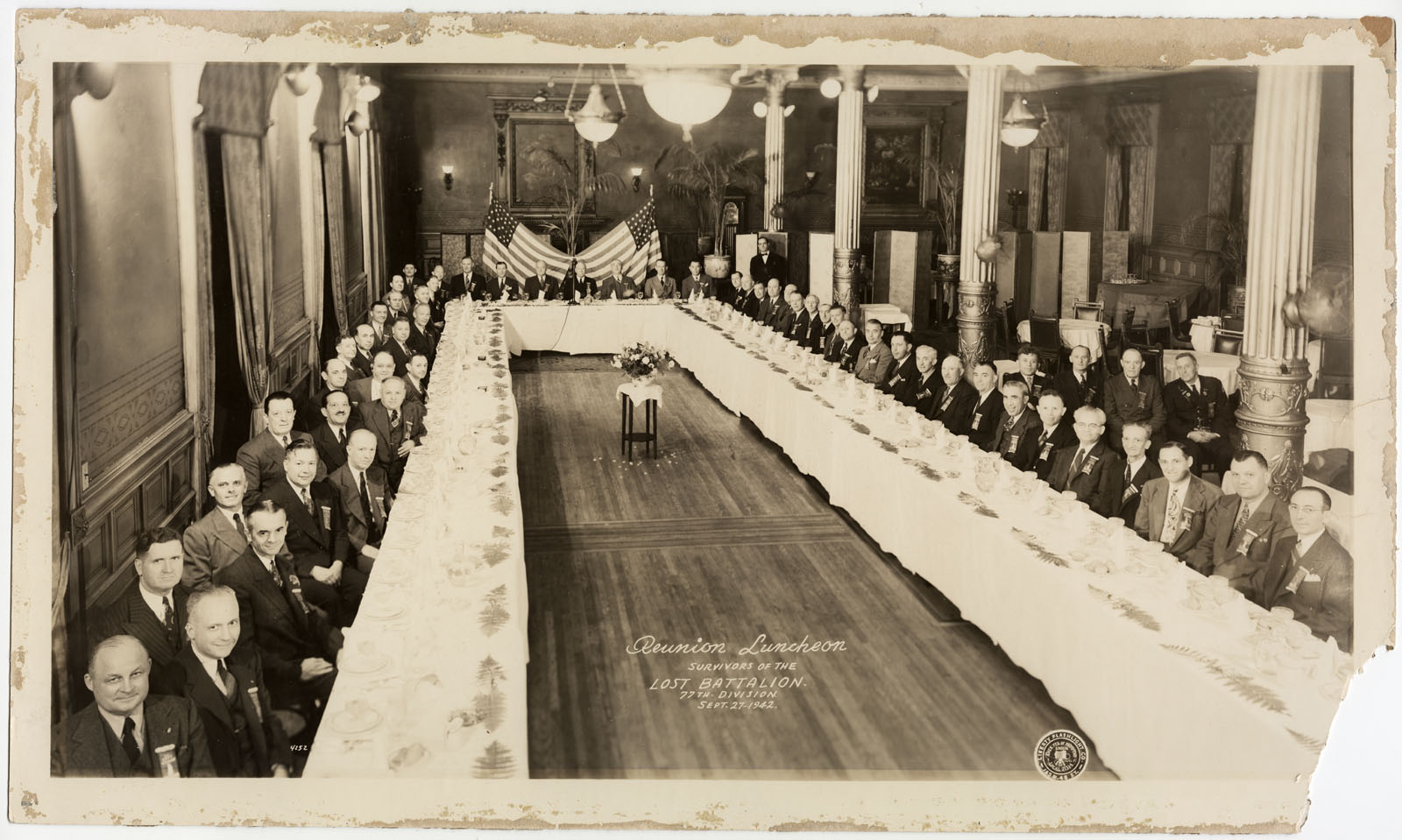
2005.119.0 →
24.
Bois d'Ormont, France
2021.169.168 →

The remains of a German observation platform for directing artillery fire or sharpshooting.
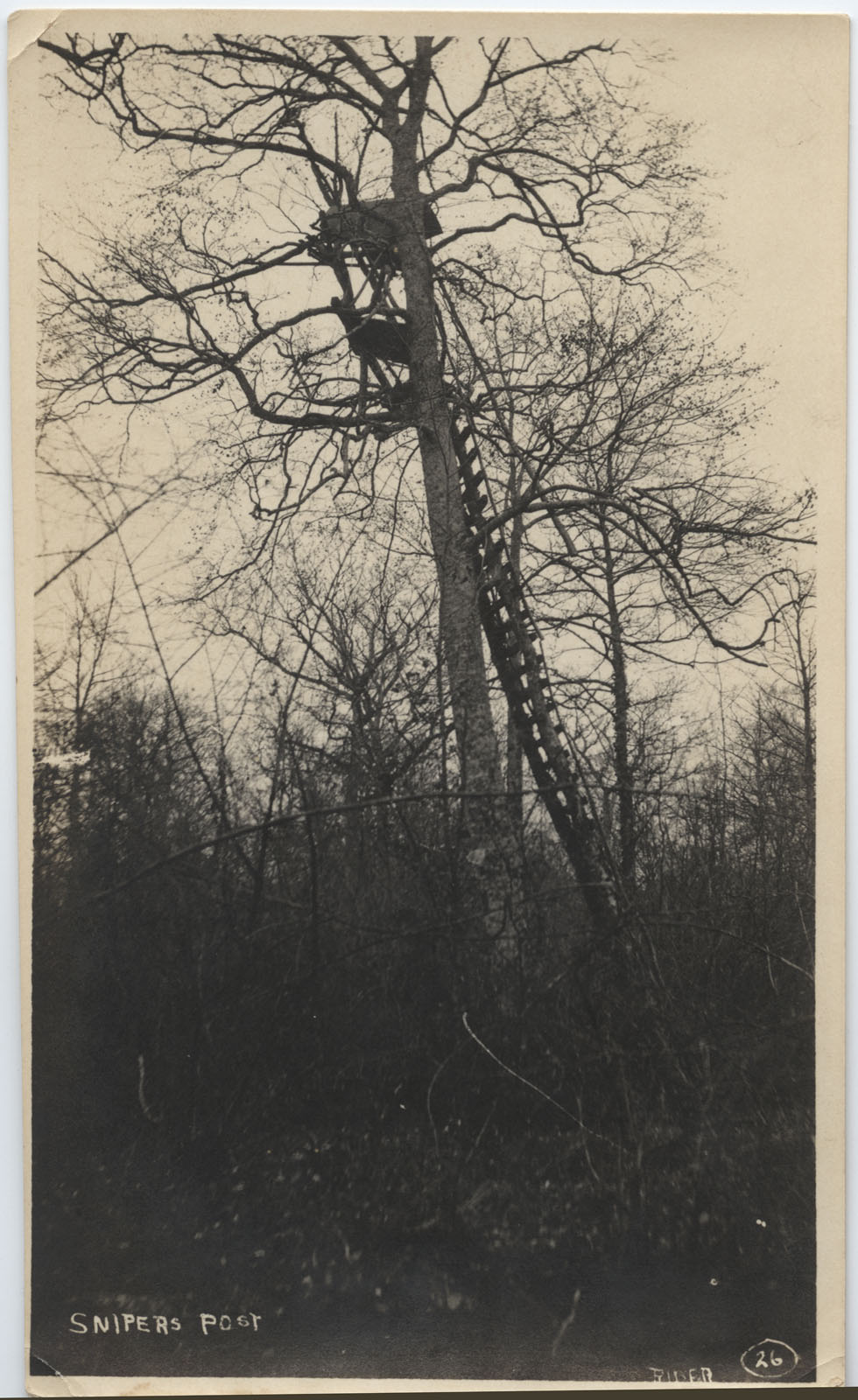
1996.19.66 →
25.
Chambrey, France
2021.169.268 →
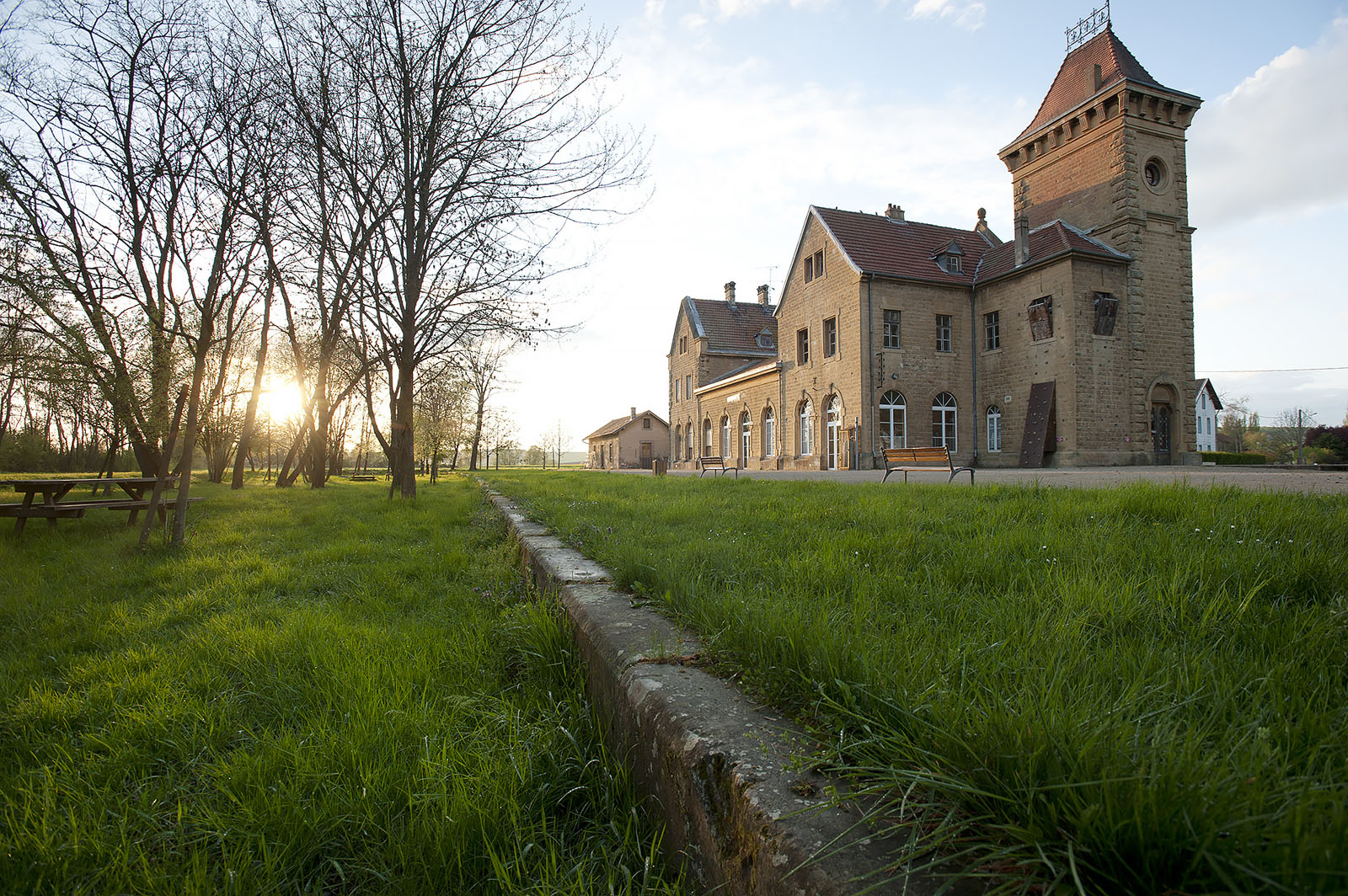
Chambrey's Gare Imperiale sits at the intersection of grand strategies, military tactics and new technologies in the 1900s. After France's defeat in the Franco-Prussian War, a frontier railway station was built in German-occupied Chambrey in 1873. German military leaders believed that trains, a new technology at the time, could expedite their military mobilization in the event of invasion.
26.
Taveta, Kenya
2021.169.368 →
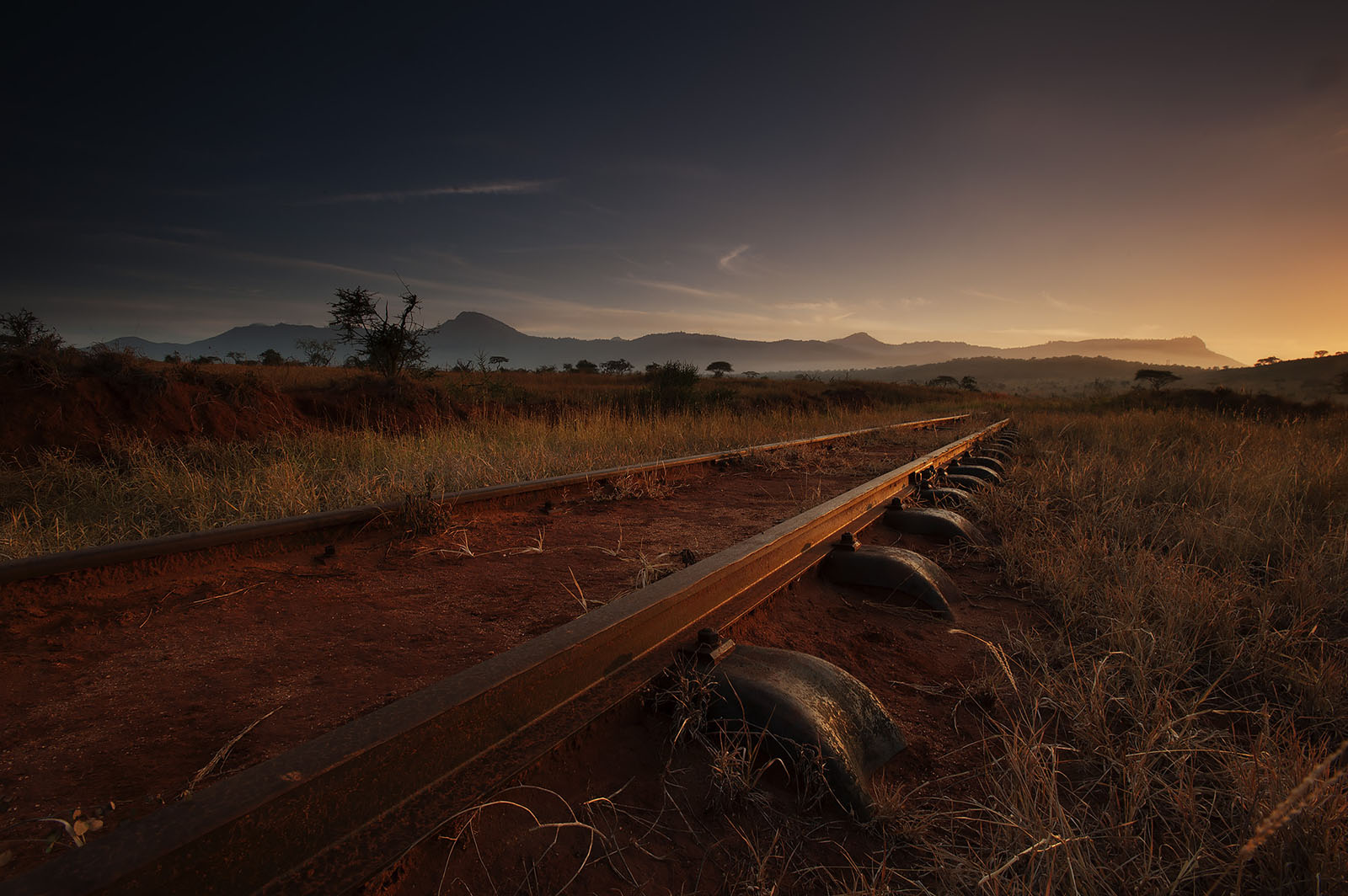
The impact of WWI was felt far beyond European trenches. In Africa, British farmers and settlers volunteered to protect vulnerable railways from German-led guerilla attacks. The British military expanded the railway between Kenya and neighboring Uganda as more soldiers arrived at camps not far from Taveta.
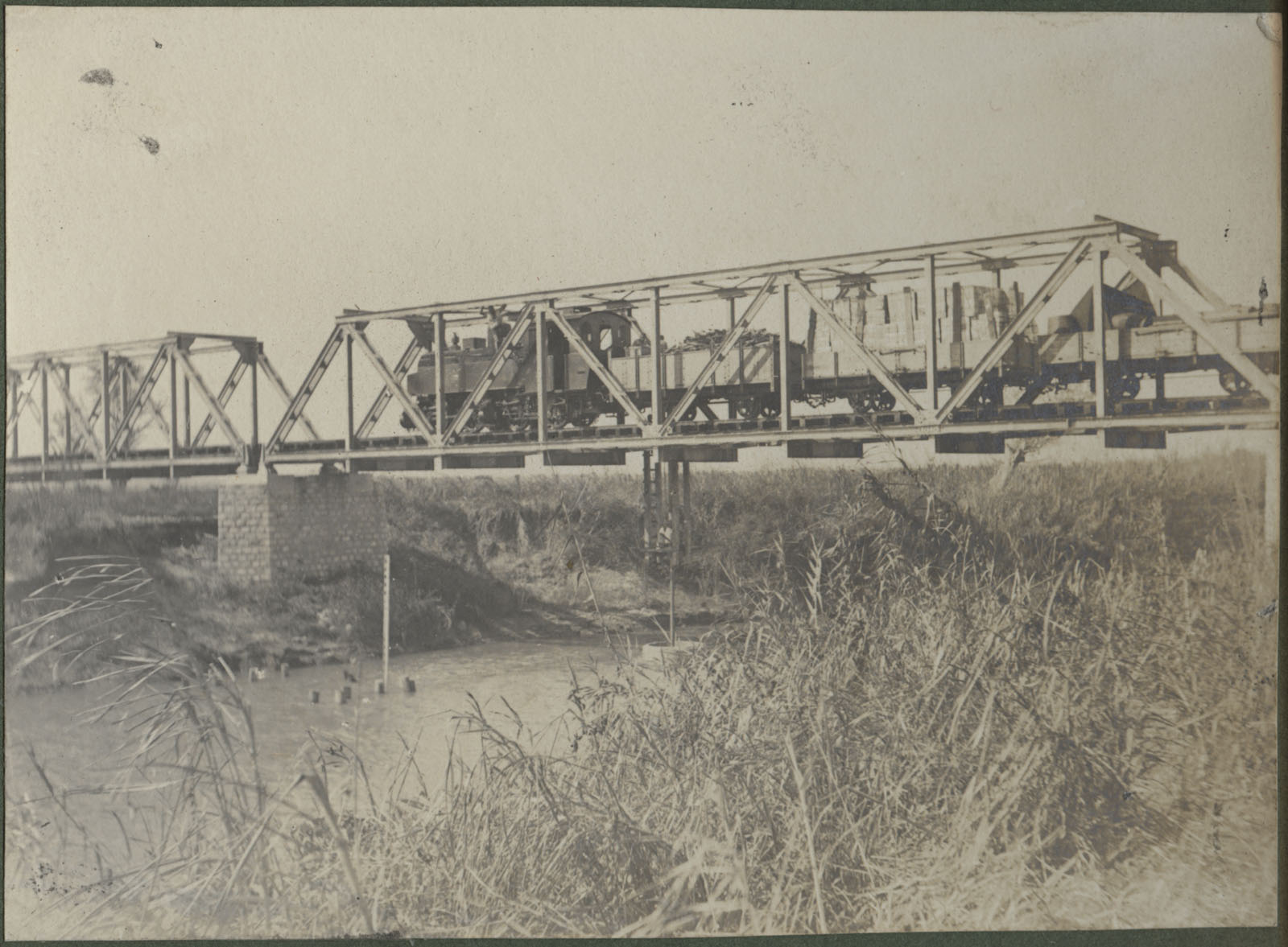
2012.95.1.34 →
27.
Nantillois, France
2021.169.200 →
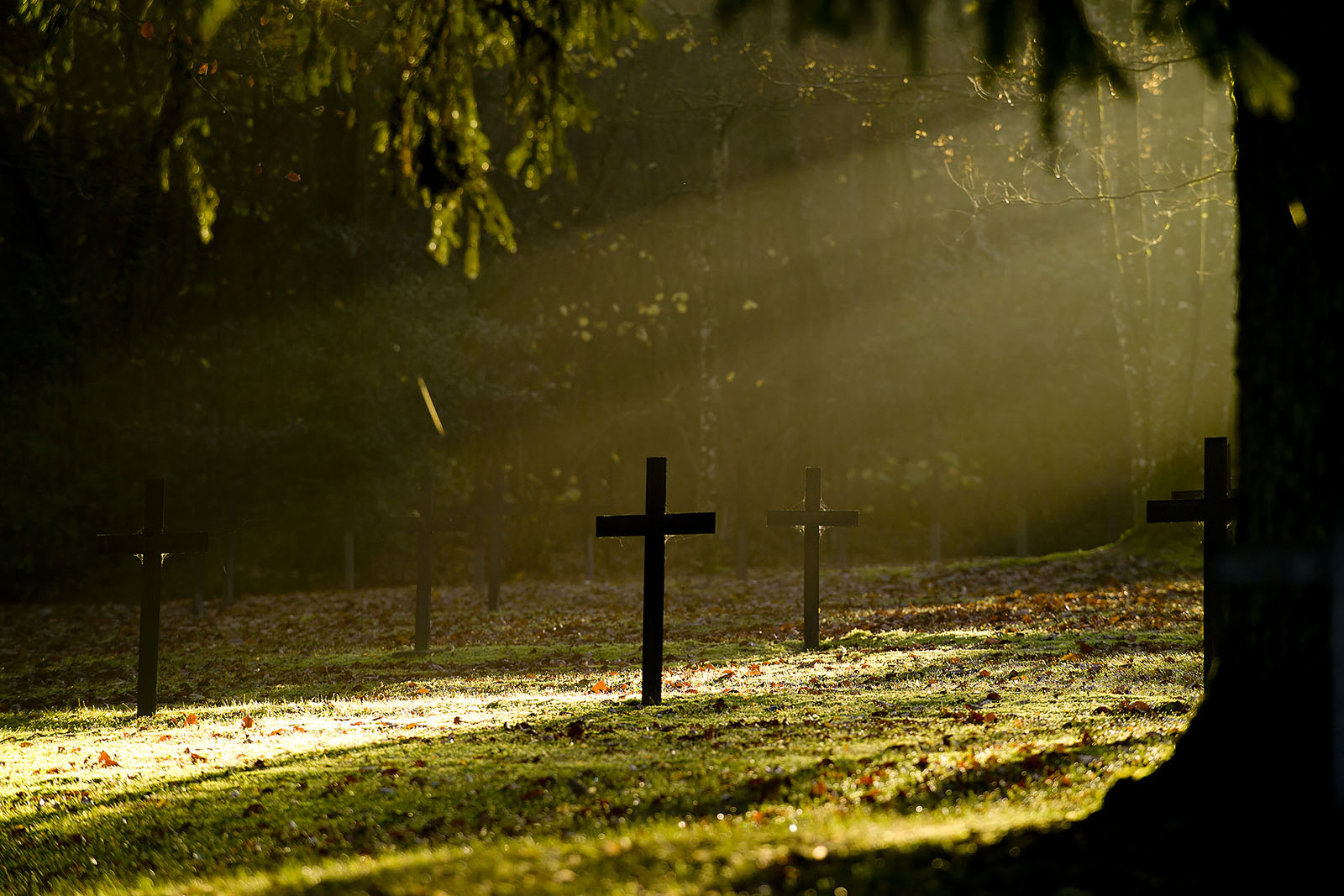
The German cemetery at Nantillois contains the graves of 921 soldiers. Some graves still have their original WWI-era headstones.
28.
Fleury-devant-Douaumont, France
2021.169.157 →
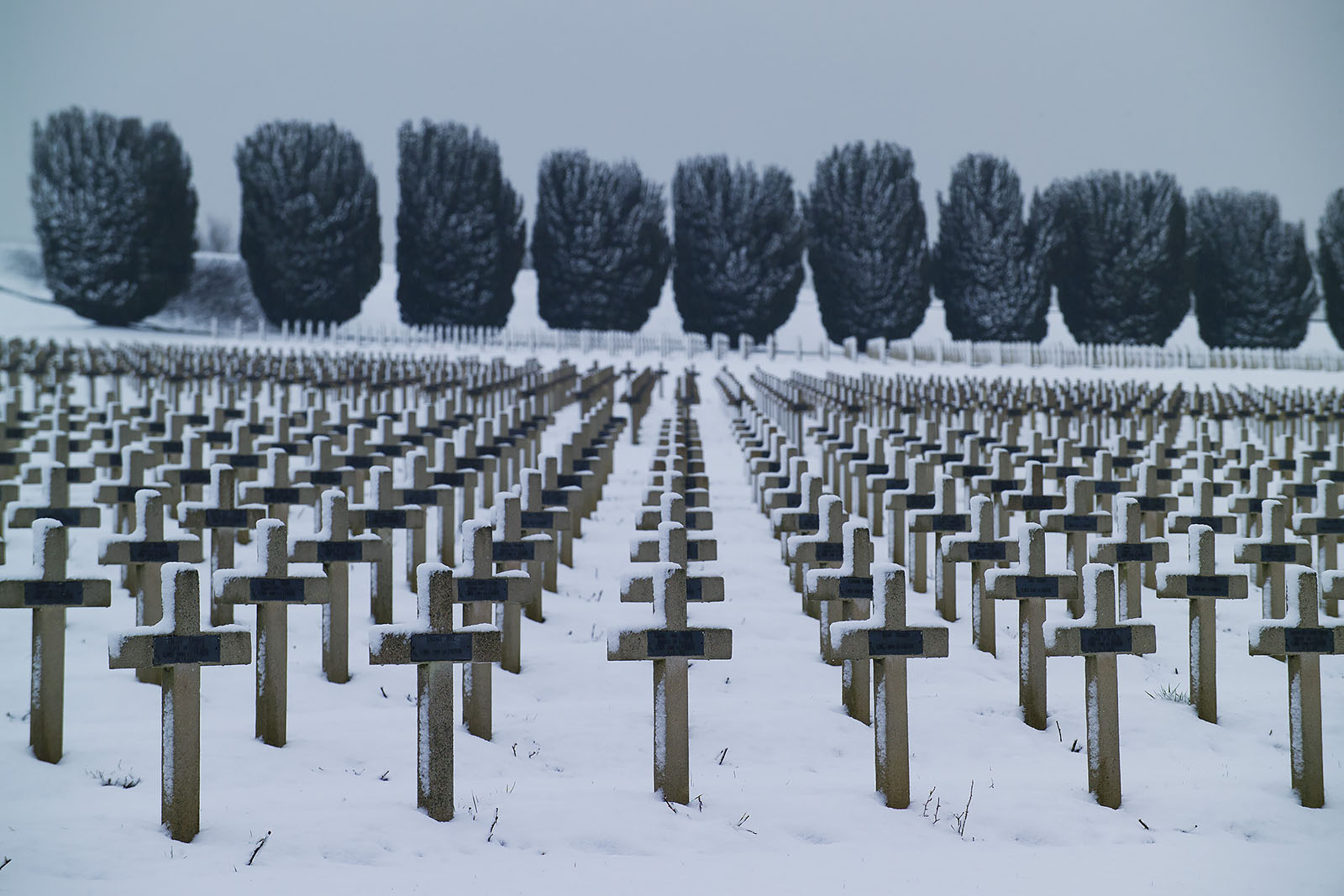
The Douaumont Cemetery is France's largest WWI cemetery, holding 16,142 graves. Douaumont’s ossuary also contains the skeletal remains of over 130,000 unidentified French and German soldiers.
29.
Zonnebeke, Belgium
2021.169.73 →
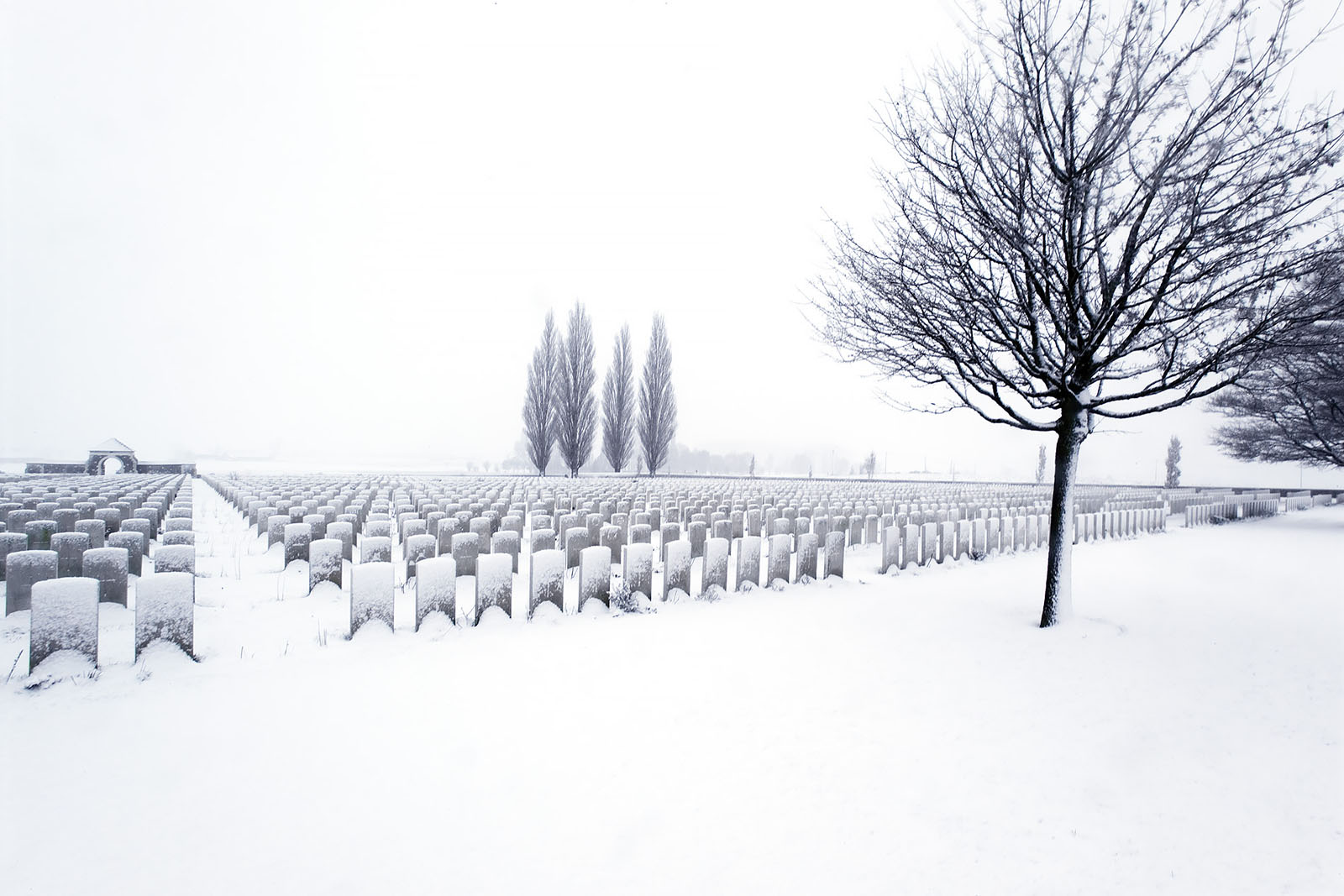
Tyne Cot Cemetery is the world’s largest Commonwealth cemetery, with 11,871 graves and 34,926 names that honor those without a burial site. Tyne Cot began as an aid station and small field cemetery. It was redesigned and enlarged, and remains from surrounding burial sites were reinterred there after the Armistice.

1920.1.2 →
30.
Suvla Bay, Gallipoli, Turkey
2021.169.371 →
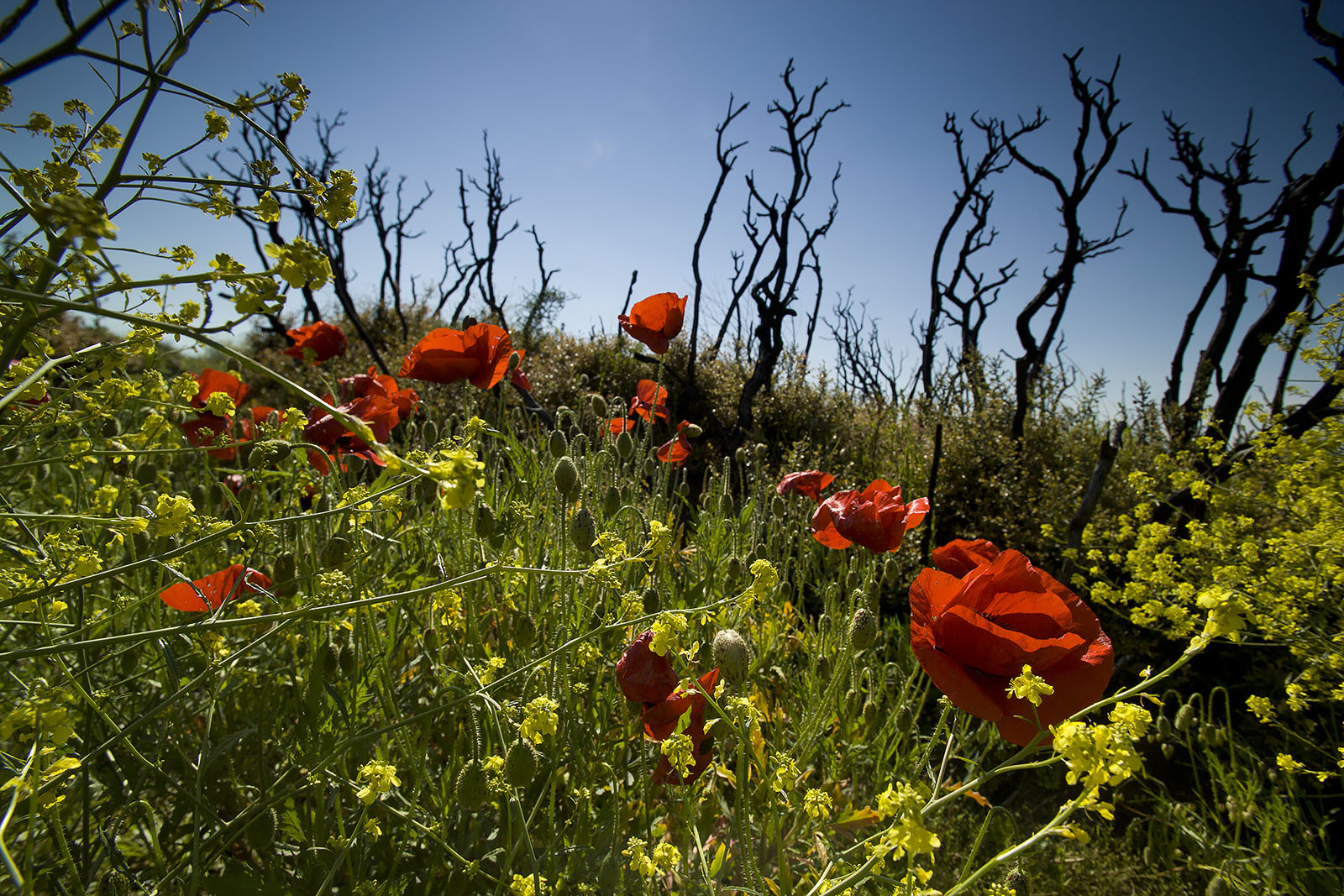
The Battle of Scimitar Hill on Aug. 21, 1915 was the last Allied offense in Gallipoli. Allied soldiers unsuccessfully charged uphill against Turkish defenders in broad daylight. Subsequent assaults on the same hill that day only reinforced their defeat. Five thousand Allied casualties fell and were eventually consumed by a wildfire ignited by artillery barrage. Poppies now grow over a century later.

